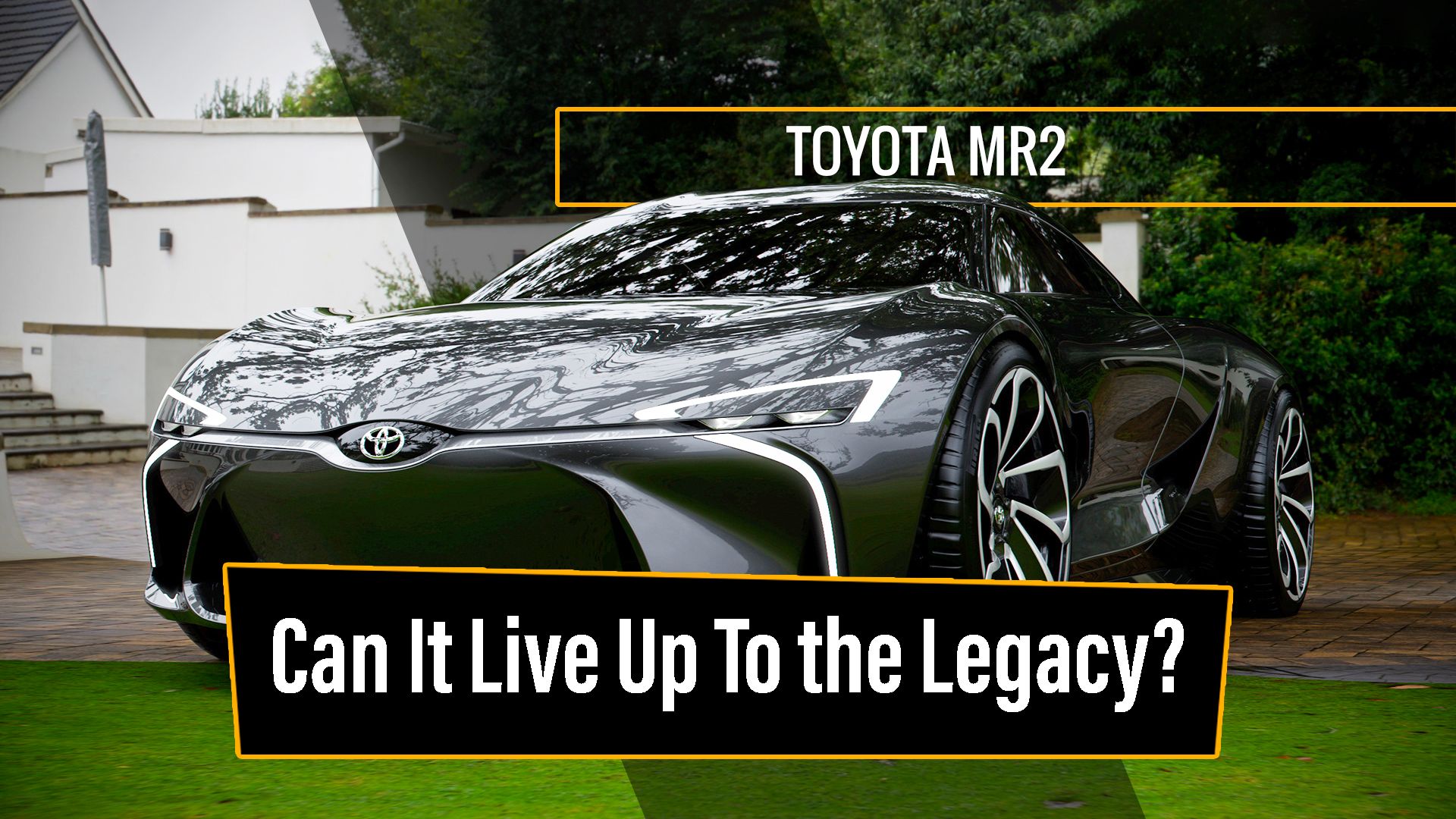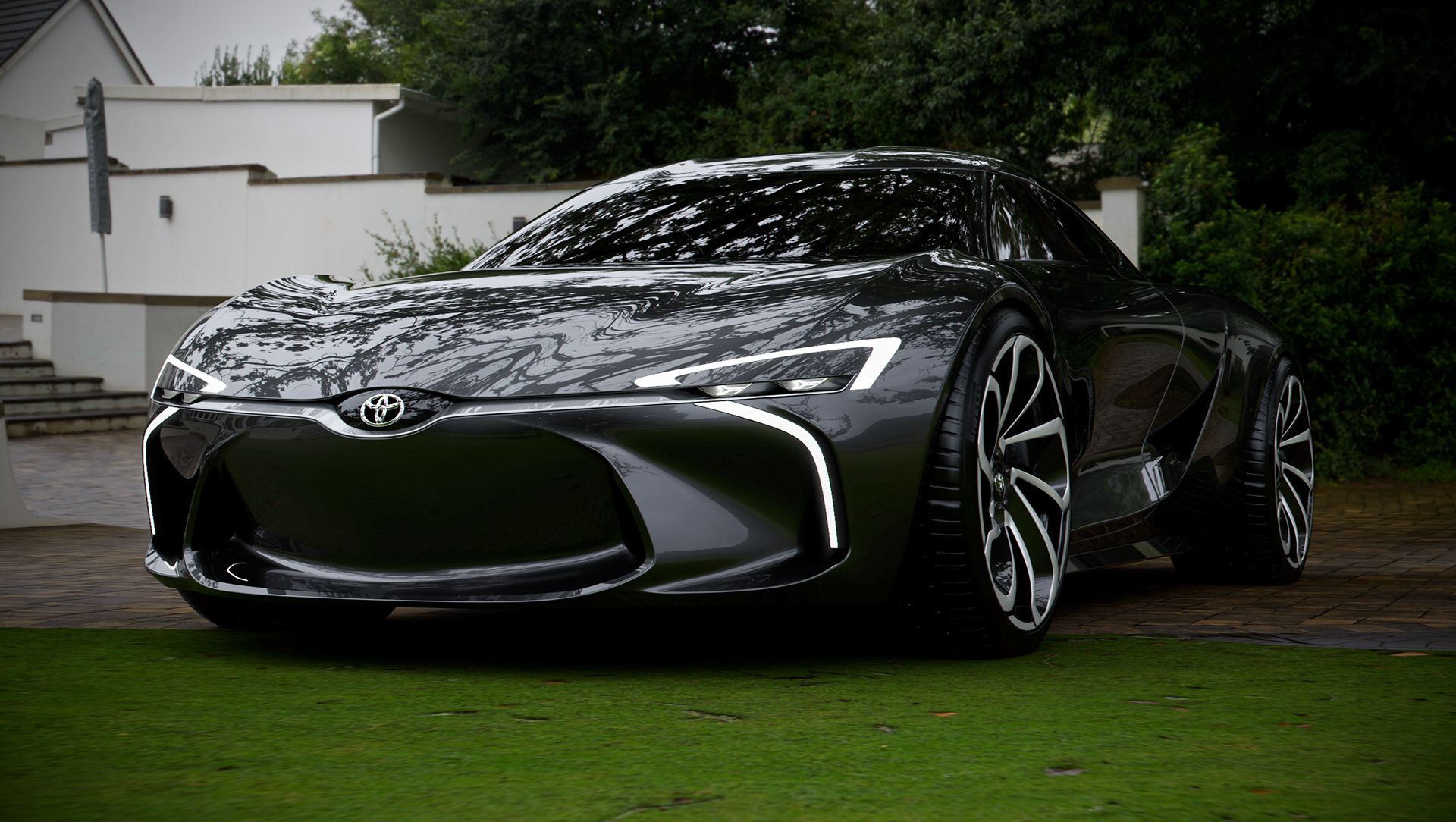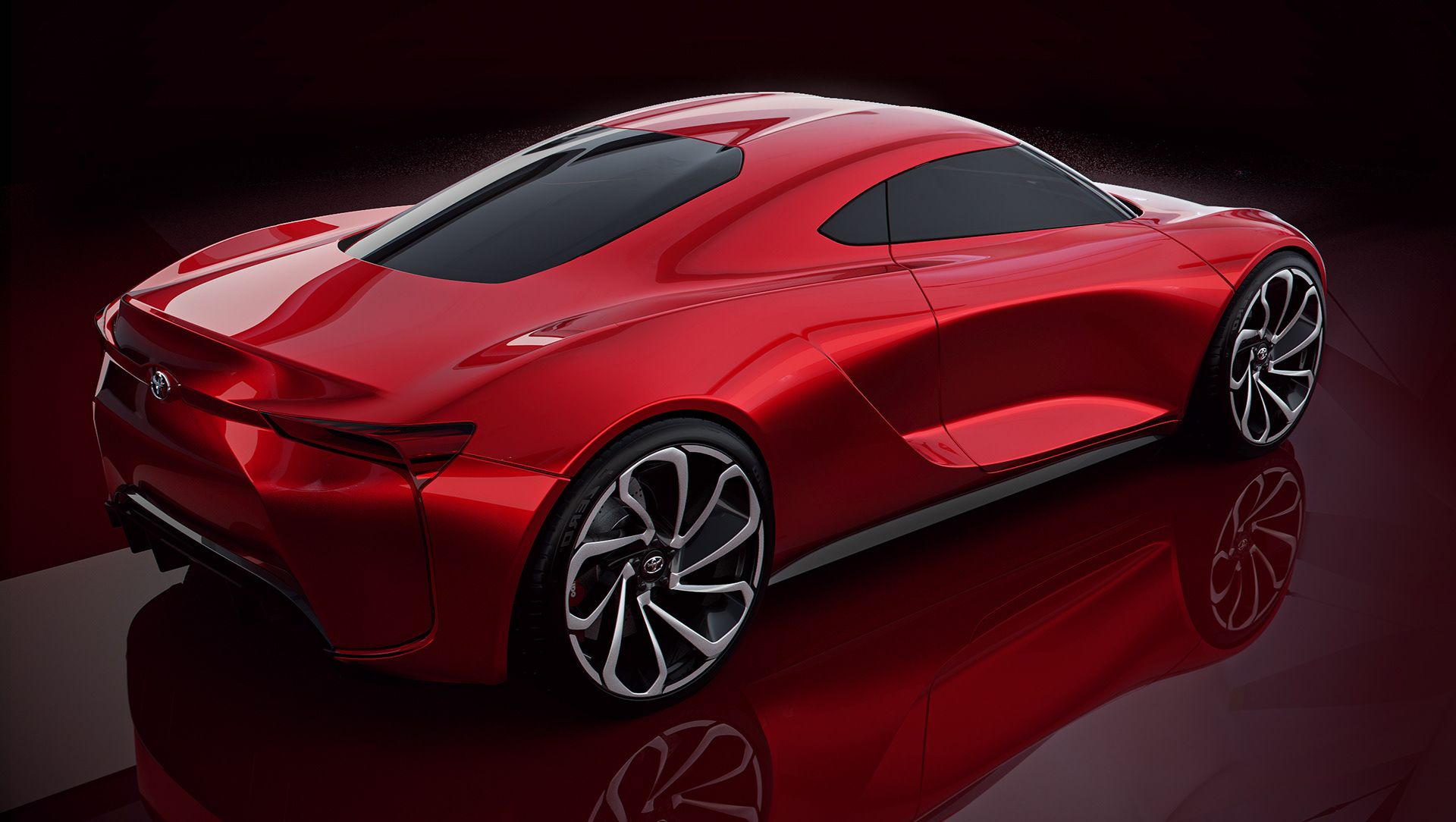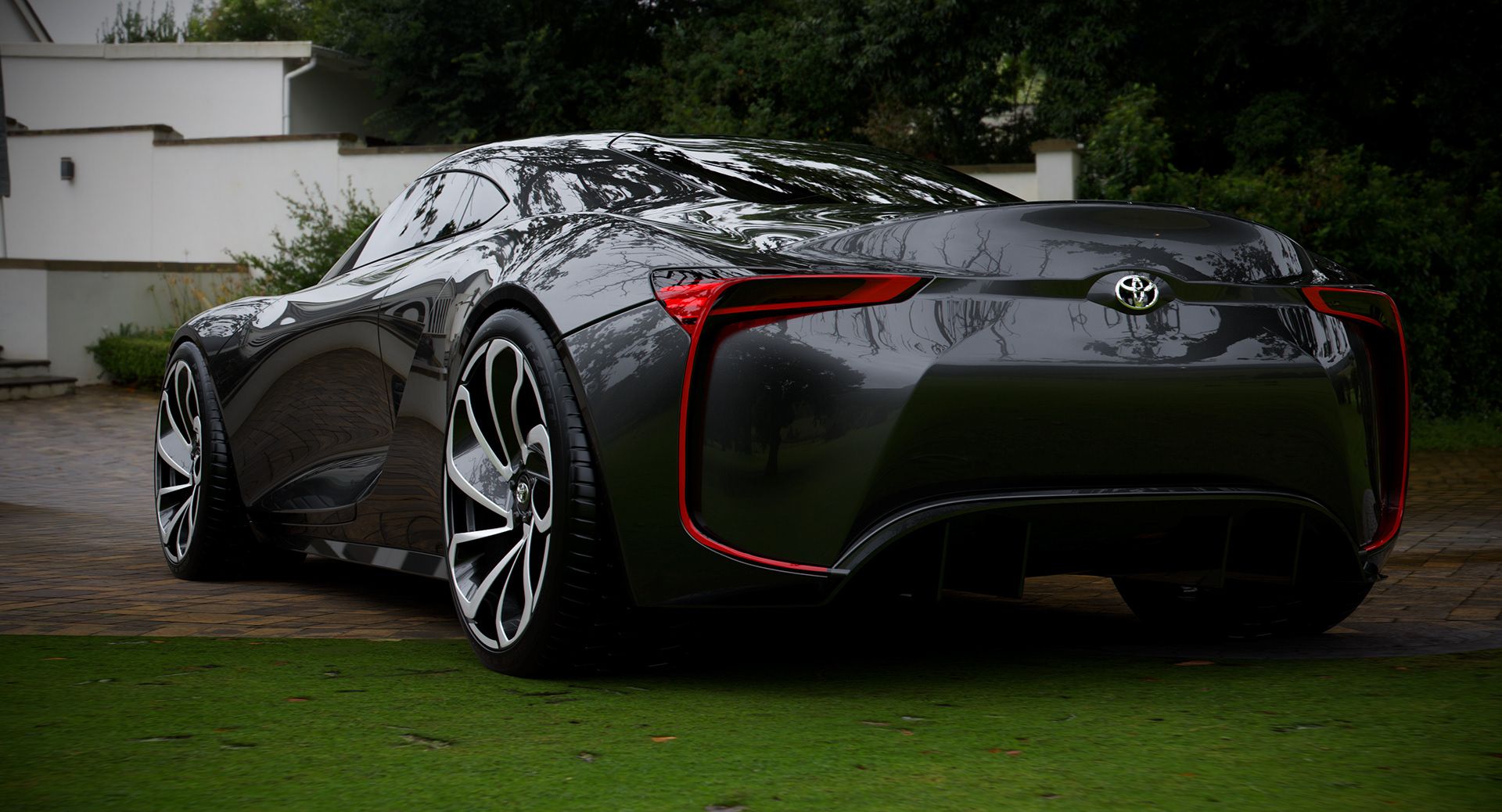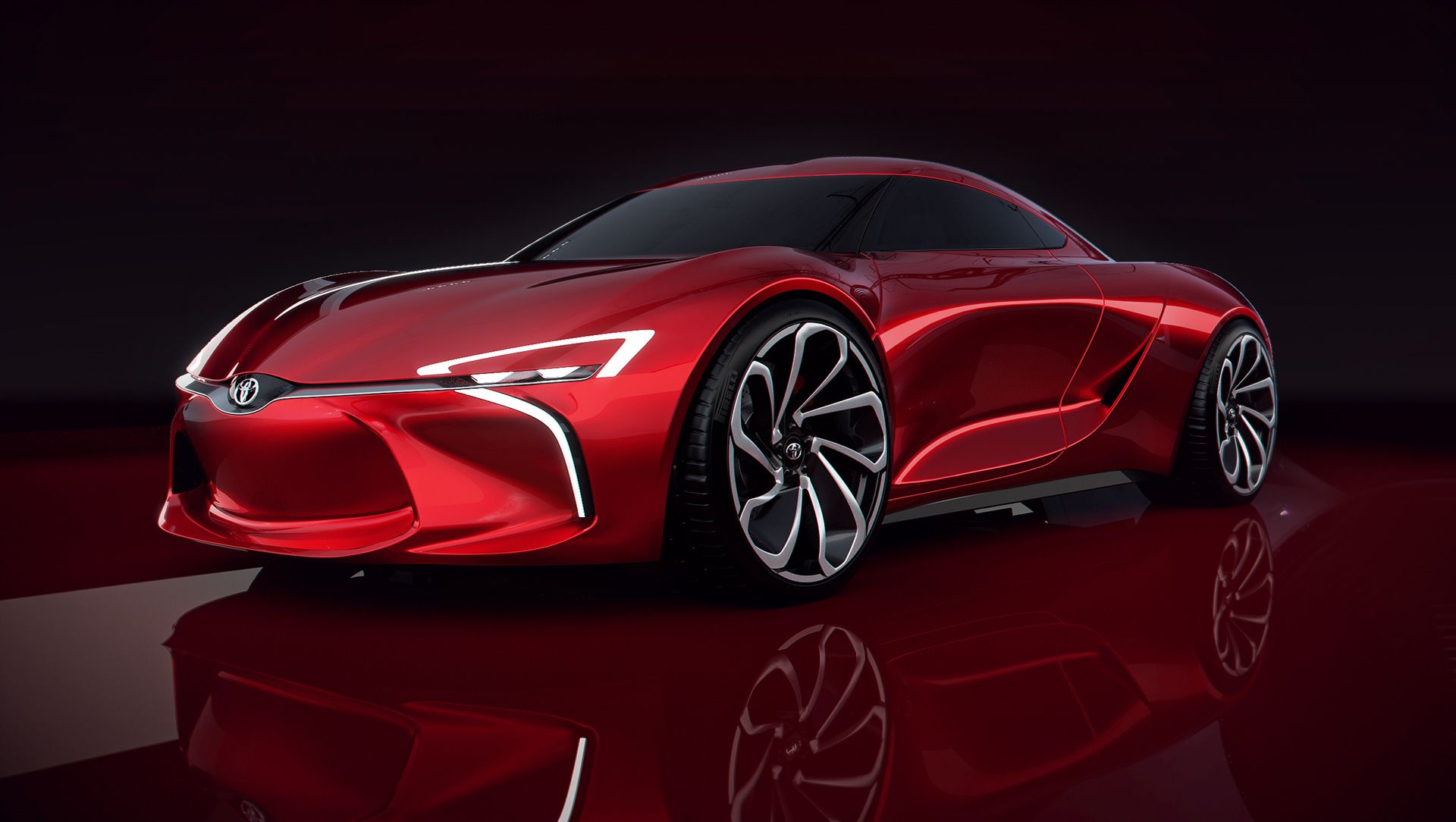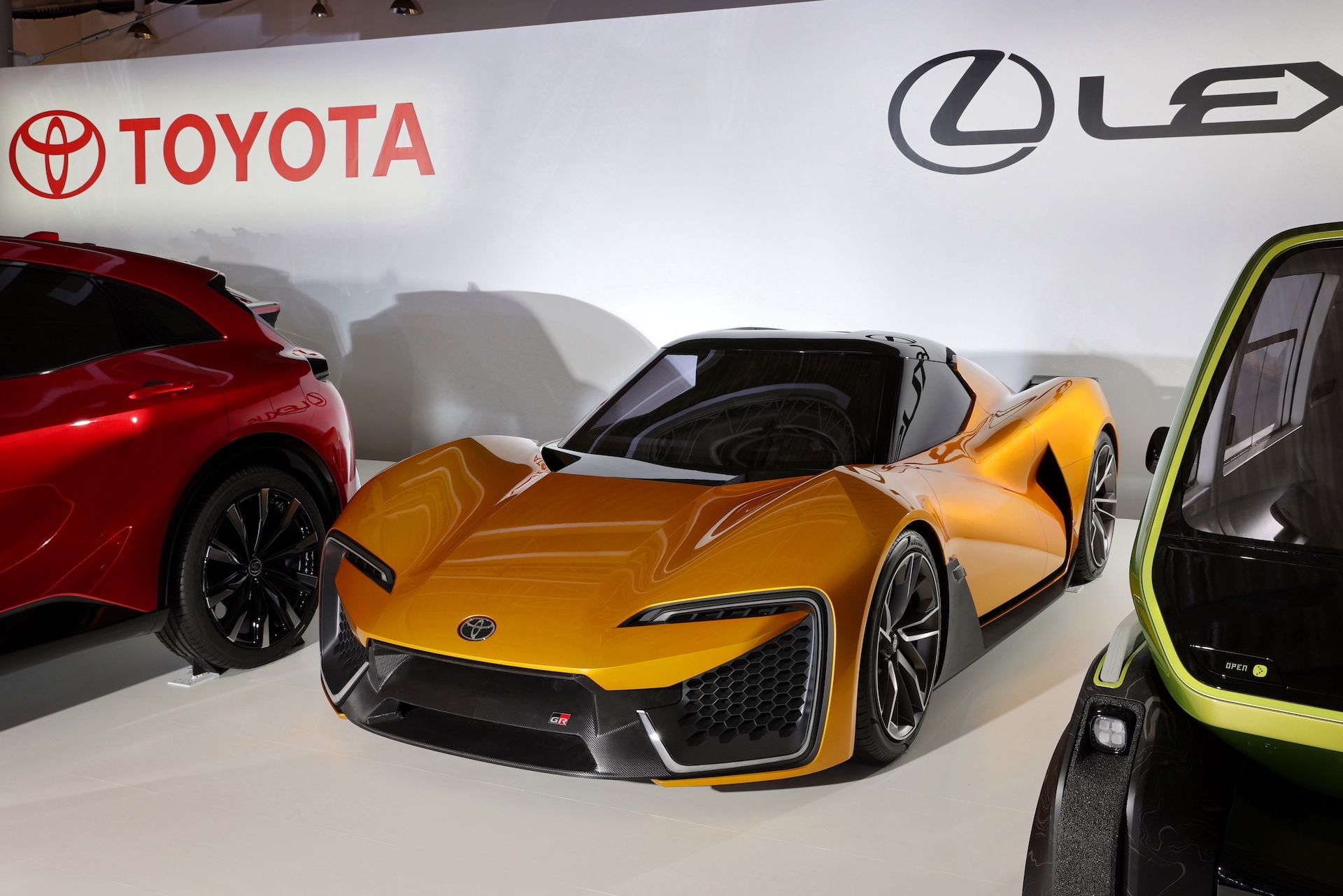The Toyota MR2 successor has been, pretty much, confirmed. Japanese publication, Best Car, was the first to announce the good news, and we now have a pretty good idea of what to expect. While Toyota has not yet revealed any details about its future, mid-engine model, we know Daihatsu and Suzuki would lend a hand for the new Toyota MR2. The mid-engine model is scheduled to return sometime in 2025, and this is what it needs to bring to the table in order to compete with the likes of the Mazda MX-5 Miata.
Affordability
It’s safe to say that Toyota has already covered that. We already know that the next-gen Toyota MR2 will have a starting MSRP of around $25,000. This puts it in, roughly, the same price range as its logical competitor, the Mazda MX-5, which starts at $27,650. The Toyota GR86, which is often pitted against the Mazda Miata, starts at $27,700. That one, however, will be discontinued in 2025, allowing Toyota to avoid internal competition and still have an iconic model on sale.
It needs to be super-lightweight
Considering that the future Toyota MR2 will share the GA-B platform with the standard Toyota Yaris, likely a flipped version of it to accommodate for a midship layout, it’s almost certain that the MR2 will be very lightweight. If we look at the standard Yaris, depending on how it’s equipped, it has a curb weight of 2,072 to 2,601 pounds (940 to 1,180 kg).
Given the MR2 will be a two-seater with not much in the way of luggage space, we expect a maximum curb weight of around 2,000 pounds (907 kg). Further reinforcing this is the choice of engine, which is a 1.0-liter turbocharged inline-three BoosterJet. The engine is featured in various Suzuki models where it packs 109 horsepower (81.3 kilowatts) and 125 pound-feet (170 Nm), although a power output of 150 horsepower (110 kilowatts) has been quoted for the MR2. If Toyota wants to capture at least some of the essence of older MR2 generations, the car would need to have a good power-to-weight ratio.
It needs to have a manual
From what we know so far, there is only one confirmed transmission option for the upcoming MR2, and it is a six-speed automatic. This is, likely, going to be the same unit you find in the Toyota GR86, which doesn’t really make sense given how much better the six-speed manual is. While not yet confirmed, we are almost certain that when the 2025 Toyota MR2 arrives, it will have a six-speed manual.
It just has to if it is going to be a true spiritual successor to Toyota’s mid-engine sports car and a proper driver’s car. Moreover, most other compact sports cars currently in production, offer a manual, so there’s no excuse not to offer one on the new MR2. This is especially true given the automatic-equipped GR86 is 0.5 seconds slower to 60 mph (97 km/h) compared to the manual version of the car.
A proper performance model
It’s clear that Suzuki’s 998cc turbo-three will provide limited performance even with 150 horsepower extracted out of it. While cars like the Lotus Elise have proven that you can still have decent performance without much power, Toyota MR2 models of the past have had their fair share of hot versions. It’s clear that the 1.6-liter turbo-three from the GR Yaris and GR Corolla is too powerful for the MR2, given what Toyota wants to make.
While an MR2 with the G16E-GTS engine sounds epic, it would dramatically increase the price of the car, which is incongruous with Toyota’s plans to keep the new MR2 affordable. If Toyota is hell-bent on using a Suzuki engine, a more feasible option would be the 1.4-liter turbo-four, which packs 138 horsepower (103 kilowatts) and 170 pound-feet (230 Nm). It’s potent enough for a super-lightweight sports car and would require significantly fewer revisions to extract extra power compared to the 1.0-liter unit.
It shouldn’t be a hybrid
There have been rumors in the past about the next-gen Toyota MR2 being a BEV. While Toyota’s carbon-neutral future certainly includes such models, there is no confirmation about the upcoming, mid-engine model featuring any form of electrification. This deviates from previous information, penning the future MR2 as a 395-horsepower hybrid.
However, as seen from Toyota’s impressive lineup of concepts introduced a few months ago, there will, indeed, be an MR2-inspired, BEV sports car. Moreover, we have already seen models like the Toyota BZ4X already making it to production so there’s a high probability we will see a BEV version of Toyota’s mid-engine sports car introduced alongside the next MR2.

